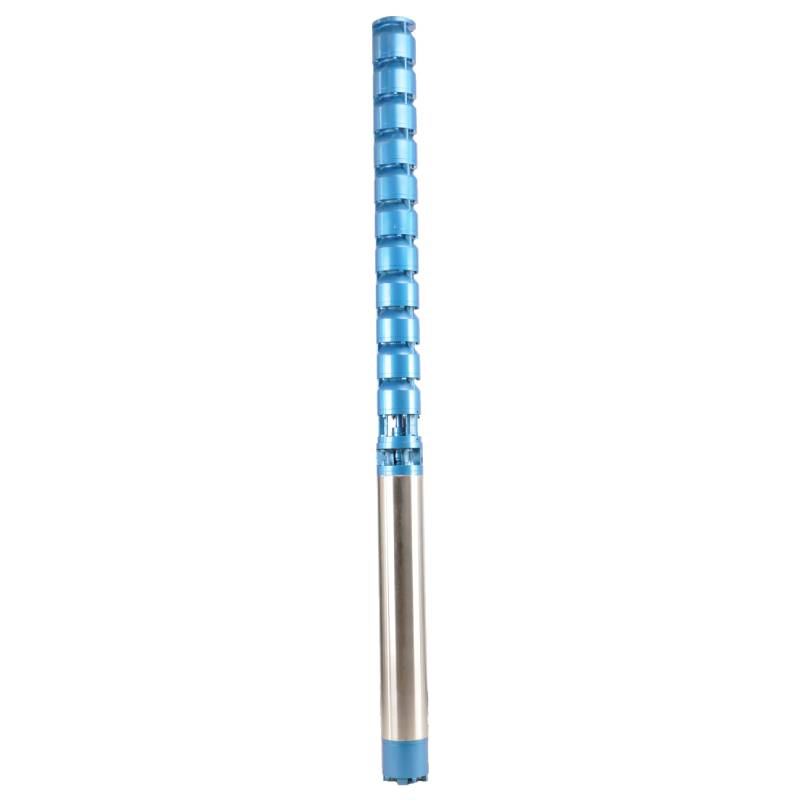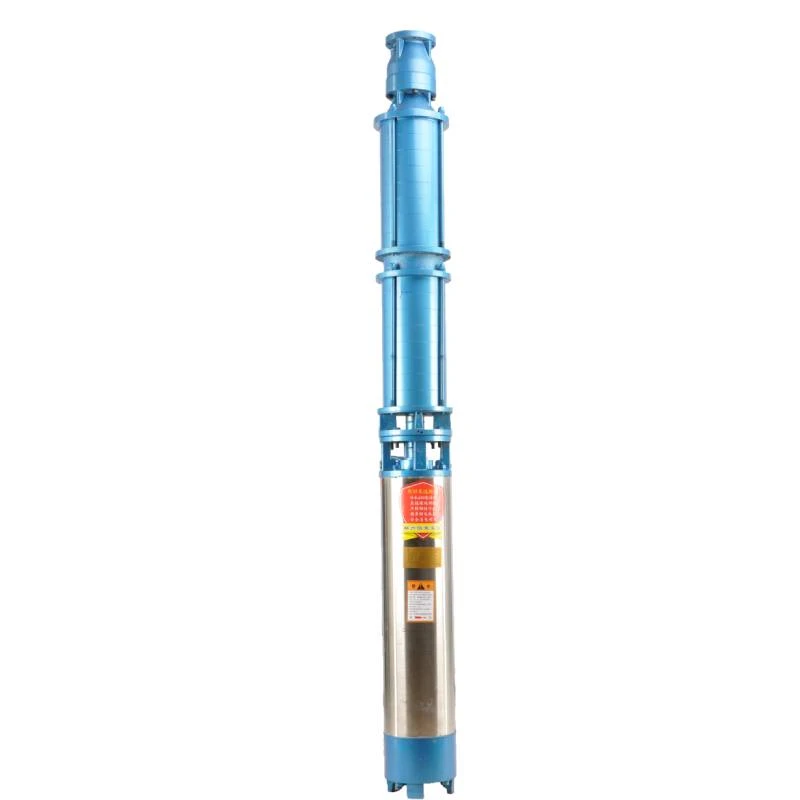Sep . 21, 2024 18:40 Back to list
what is submersible pump
What is a Submersible Pump?
A submersible pump is a type of centrifugal pump that is designed to operate while completely submerged in a fluid. This efficient mechanism is commonly used for various applications, including groundwater extraction, sewage and wastewater management, and even aquarium and fountain operation. The design of a submersible pump allows it to handle fluids containing solid particles and to prevent air from entering the system, which enhances its efficiency and durability.
What is a Submersible Pump?
Submersible pumps are praised for their ability to operate in depths that many vertical pumps cannot reach. They are highly versatile and can be used in various settings, from residential homes to industrial sites. For instance, in agriculture, submersible pumps are instrumental in irrigation systems, helping farmers access essential groundwater resources. In residential settings, they are frequently employed to remove excess water from basements and flooded areas.
what is submersible pump

The efficiency of submersible pumps is another leading benefit. Being submerged in the fluid reduces the risk of cavitation, a phenomenon that can decrease pump performance and longevity. Additionally, these pumps often operate at lower energy costs, making them an economical option for continuous use.
However, selecting the right submersible pump involves consideration of several factors, including the fluid type, the required flow rate, and the total dynamic head. Proper installation and maintenance are also crucial to prolonging the lifespan of the pump and ensuring optimal performance.
In conclusion, submersible pumps play a vital role in numerous applications across different sectors. Their unique design and operational efficiency make them indispensable for tasks that require reliable fluid management. Whether in agriculture, residential, or industrial applications, submersible pumps continue to be a practical solution for managing water and other fluids effectively.
-
Deep Well Pump Installation Guide: Reliable Submersible Pumps
NewsAug.29,2025
-
125QJR Deep Well Submersible Pump - High Performance & Reliable Water Supply
NewsAug.28,2025
-
Water Filled Submersible Pump
NewsAug.26,2025
-
The Ultimate Solution for Clean
NewsAug.26,2025
-
SS Submersible Pump
NewsAug.26,2025
-
Reliable Water Extraction from Great Depths
NewsAug.26,2025
-
 Deep Well Pump Installation Guide: Reliable Submersible PumpsGet expert deep well pump installation for reliable, consistent water. Our durable submersible well water pumps are ideal for homes & farms. View our installation diagram & solutions.Detail
Deep Well Pump Installation Guide: Reliable Submersible PumpsGet expert deep well pump installation for reliable, consistent water. Our durable submersible well water pumps are ideal for homes & farms. View our installation diagram & solutions.Detail -
 125QJR Deep Well Submersible Pump - High Performance & Reliable Water SupplyGet reliable, high-performance water with the 125QJR Deep Well Submersible Pump. Ideal for irrigation, agriculture, and industrial deep well applications. Experience efficient, continuous water supply. Shop now!Detail
125QJR Deep Well Submersible Pump - High Performance & Reliable Water SupplyGet reliable, high-performance water with the 125QJR Deep Well Submersible Pump. Ideal for irrigation, agriculture, and industrial deep well applications. Experience efficient, continuous water supply. Shop now!Detail -
 Water Filled Submersible PumpA water filled submersible pump is engineered for optimal cooling, eco-friendliness, and high efficiency, especially in applications involving clean or slightly sandy water.Detail
Water Filled Submersible PumpA water filled submersible pump is engineered for optimal cooling, eco-friendliness, and high efficiency, especially in applications involving clean or slightly sandy water.Detail
